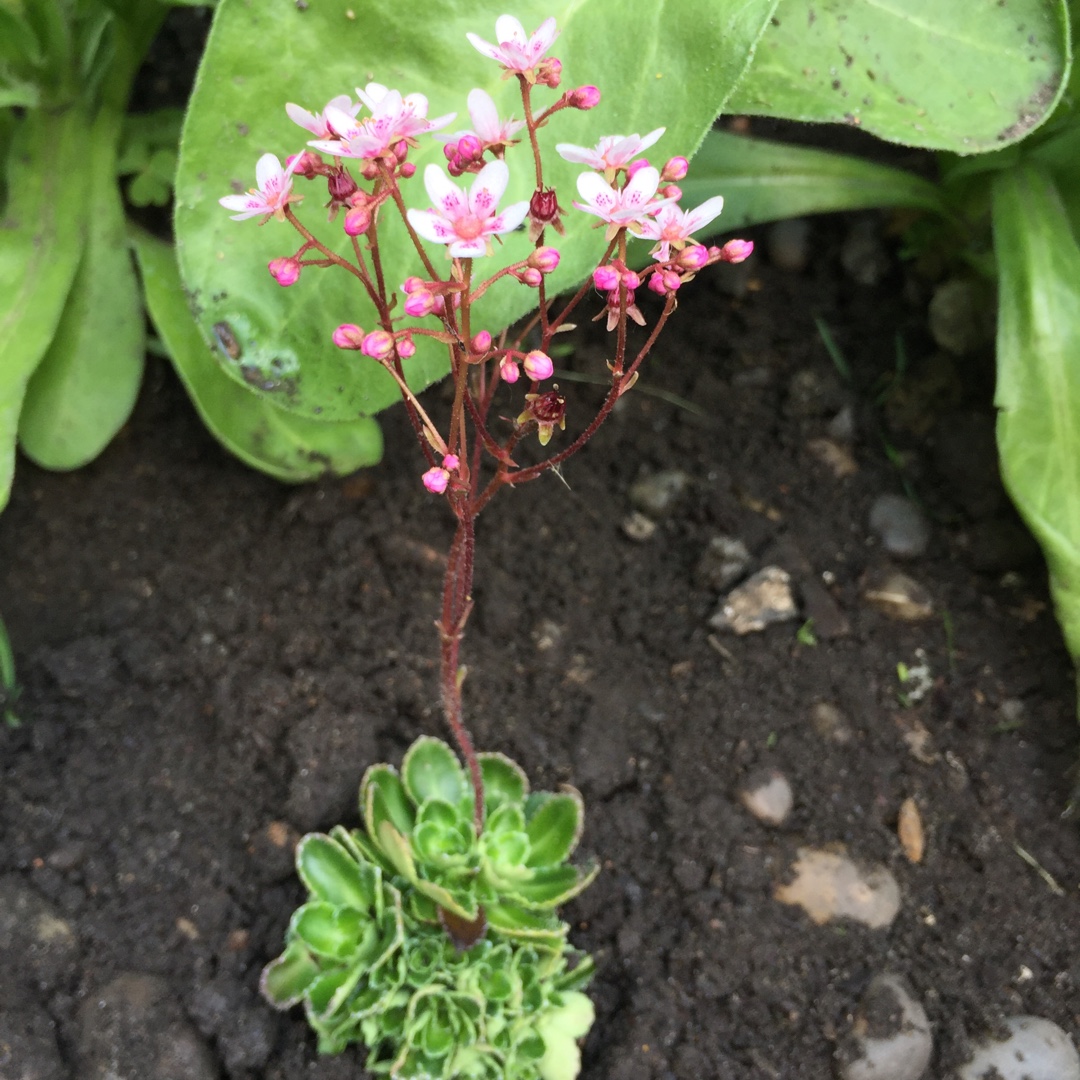
Saxifraga 'Winifred Bevington' syn. Saxifraga 'W. Bevington'
Saxifrage
There are hundreds of Saxifrages. Most are small plants, sometimes succulent, often growing in a rosette of leaves, and have flowers, sometimes in clusters, sometimes singly. 'Winifred Bevington' compact, rosette forming, evergreen perennial with green leaves tinged red at the margins. The starry flowers are white flushed with pink with a darker patch at the base of the petals
Contributed by @sergeandjorge
-
Full sun to partial shade
-
Very little water
-
Frost Hardy: 23F (-5°C)
-
Moist and free draining
Common name
Saxifrage
Latin name
Saxifraga 'Winifred Bevington' syn. Saxifraga 'W. Bevington'
type
Perennial
family
Saxifragaceae
ph
7.0 - 8.0 Acid - Neutral
Plant & bloom calendar
-
Best time to plant
full grown dimensions
 0.25 M
0.20 M
0.25 M
0.20 M
Saxifraga 'Winifred Bevington' syn. Saxifraga 'W. Bevington'
There are hundreds of Saxifrages. Most are small plants, sometimes succulent, often growing in a rosette of leaves, and have flowers, sometimes in clusters, sometimes singly. 'Winifred Bevington' compact, rosette forming, evergreen perennial with green leaves tinged red at the margins. The starry flowers are white flushed with pink with a darker patch at the base of the petals
Planting young plants
From Early Spring TO Early Spring
The perennial plant needs moist shade and is hardy in USDA plant hardiness zones 5 to 7 in temperate regions. Growing rockfoil requires cool sites which mimic its alpine native ranges. The plants require moist soil, especially in spring when they are growing the most. Give it a location with some shelter from wind and hot sun. Mix in a little compost with existing soil at planting time.










